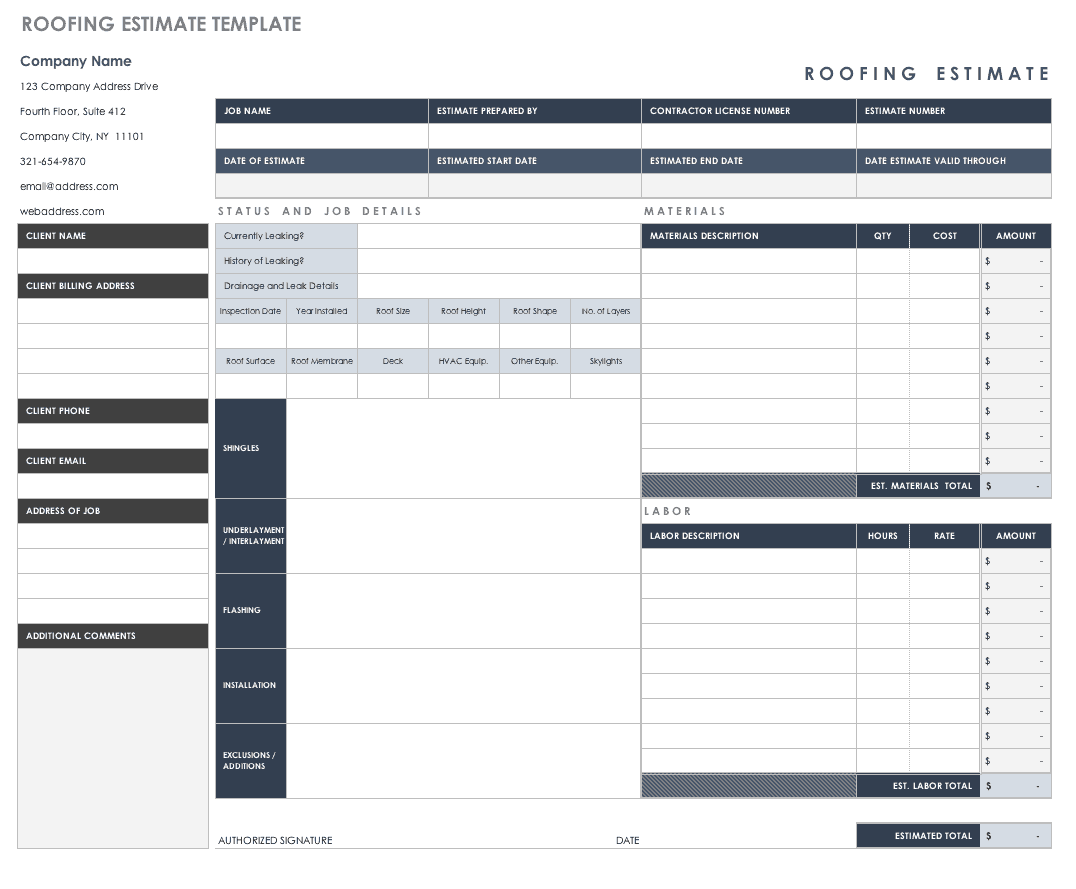

- #RESIDENTIAL ELECTRICAL LABOR UNITS MANUAL INSTALL#
- #RESIDENTIAL ELECTRICAL LABOR UNITS MANUAL MANUAL#
You must know how productive your men and women are before using the most competitive of labor units. I currently have customers that regularly bid work using NECA columns 1, 2 and sometimes 3. They may not work with the available labor and conditions in your area. Now, this is important-the competitive labor units worked with our available labor pool. The one exception used NECA MLU but then discounted it. I begin by stating, with one exception, all of my employers used the competitive labor units that came with an electrical estimating program. OK, it’s time to simplify picking which labor units to use. Some will be more desirable than others, for reasons including productivity, skill set and personality traits. That said, every labor pool will have a large variety of electricians.

Your field cannot do their best without timely delivery of tools, material and information. Poor project management is another productivity killer. A demoralized crew is simply not going to work hard. The working climate created by a company and the company’s supervision plays a big part in how productive their field personnel can be. I’ll take a highly motivated, partially trained candidate over a slothful, fully trained electrician every time. However, motivation is just as important. First, when it comes to productivity, training is only part of the picture. The labor units in the MLU are created for a journeyman with average productivity. I will try to simplify it, but first, let’s cover how fast an electrician makes installations, also known as productivity.

As you can see, there are many labor units to choose from. Some systems provide extra columns where you can input your own or your company’s labor units. Many of the electrical estimating programs also have three more labor columns that approximate the NECA columns.
#RESIDENTIAL ELECTRICAL LABOR UNITS MANUAL MANUAL#
I have observed that the competitive labor in the estimating programs is very similar to those my earliest employers used in their manual estimating systems. Most electrical estimating programs have a labor column that is more competitive than those in the MLU. There is another reason to modify the results dictated by the Labor Factor Score Sheet: productivity. As exacting as this process is, there are many reasons why labor hours may be adjusted. If you use the score sheet often, you may want to turn it into an electronic spreadsheet, so you can automate the math. The labor column you use will be selected based on the total score. Within the score sheet, you will give each labor condition a score between 1 and 5.
#RESIDENTIAL ELECTRICAL LABOR UNITS MANUAL INSTALL#
It takes a lot longer to install something 50 feet up, compared to installing it when you’re standing on the floor. Remember when I wrote there are dozens of factors? There are more than 30 factors in this list alone.įor those that don’t know, a labor factor is something that affects how long it takes to complete an installation. The manual is organized into three labor columns, labeled “Normal,” “Difficult” and “Very Difficult.” The manual includes a Labor Factor Score Sheet, which can be used to select the labor column for your project. There is also important information in the front of each section.

If you intend to use the NECA MLU, it is important to actually read and understand the introduction in the beginning of the manual. I have been exposed to quite a few collections of labor units during my career, including six different estimating systems, four employers’ in-house labor units, and the NECA Manual of Labor Units (MLU). Before we get to the many factors, let’s cover labor units and columns. Labor factoring is often said to be the “art” in the art of estimating. The proper application and adjusting of labor units depends on dozens of factors and is the most difficult part of estimating. Let’s make this clear: There is no simple answer to the questions of which labor units to use and who is faster. There were also a few opinions on who performed electrical work faster. People had differing opinions as to when and how they should be used. I recently read a discussion about using National Electrical Contractors Association (NECA) labor units.


 0 kommentar(er)
0 kommentar(er)
